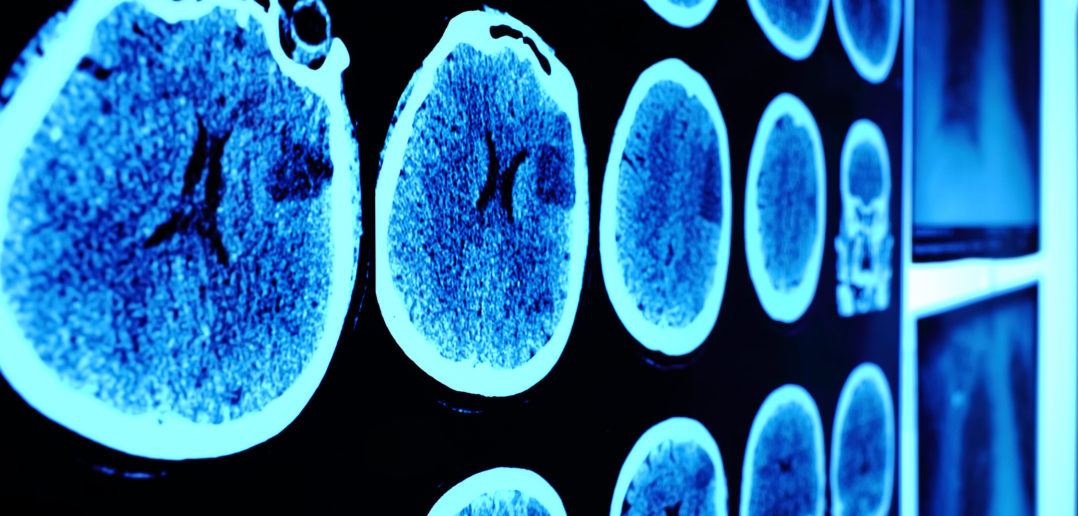Treatments for glioblastoma, a deadly brain tumor, are often promising in early stages but lose effectiveness over time. According to a new study published in the journal Neuro-Oncology, that may be because current treatments are targeting the wrong place.
The study, led by Craig Horbinski, MD, PhD, professor of Pathology, found that glioblastoma commonly migrates within the brain, specifically from the upper part of the brain down to the brainstem. This migration occurs as the disease progresses and may explain why treatments sometimes stall out.
“Many clinical trials focus therapy at the original tumor site,” said Horbinski, who is also a professor of Neurological Surgery and director of the Mouse Histology and Phenotyping Laboratory at the Robert H. Lurie Comprehensive Cancer Center of Northwestern University. “But, as we found, that may not be what’s ultimately killing these patients.”
For well over 50 years, the conventional wisdom of glioblastoma has remained largely the same, according to Horbinski. The tumors form in the upper part of the brain called the cerebrum and grow aggressively, eventually compressing down on the brainstem and leading to death.

“All of our textbooks show these big, massive necrotic tumors that are pushing other parts of the brain aside,” Horbinski said. “Based on these older studies, the natural conclusion is that the mass is getting so large it pushes on the brainstem, which is where all your basic life vital structures are.”
As part of the Nervous System Tumor Bank, Horbinski collected and analyzed glioblastoma tissue after end-stage therapy to better understand how the tumors are adapting and resisting radiation therapy, and discovered an unexpected pattern.
“After about a dozen cases, I’m thinking, ‘This is unusual. I have yet to see a case with herniation,’” Horbinski said. “Instead, what we were seeing, especially for the patients who live longer, is tumor tracking down the descending nerve fibers into the brainstem, and we saw it over and over again.”
When Horbinski analyzed samples along with Michael Drumm, a fourth-year student in the Medical Scientist Training Program, they found 68 percent of cases had brainstem invasion. Further, longer survival times correlated with a higher extent of brainstem invasion.
This apparent change in glioblastoma behavior may be explained by the longer survival afforded by more effective treatments: over time, the tumors migrate to the brainstem, where 30 or 40 years ago the patients may not have survived long enough for the migration to occur.
“We’re not saying that the earlier autopsy studies were wrong, it’s just that the pattern of disease has changed because of improved treatment,” said Drumm.
Brainstem migration may be the culprit behind stalled development of new glioblastoma therapies, as well. In mouse models of glioblastoma, the cause of death is often the brute force “mass effect,” which may not be as relevant to humans as previously thought. In addition, a spate of recent clinical trials have not extended patient survival and lack of brainstem targeting may be the reason, according to Horbinski.
“We should talk about expanding the radiation fields that seem to arrest tumor development so they cover the brainstem,” Horbinski said. “There’s a number of things that that can be altered relatively quickly to at least see if that helps extend survival.”
This work was supported by National Institutes of Health grant R01NS102669 and by the Northwestern SPORE in Brain Cancer P50CA221747.







